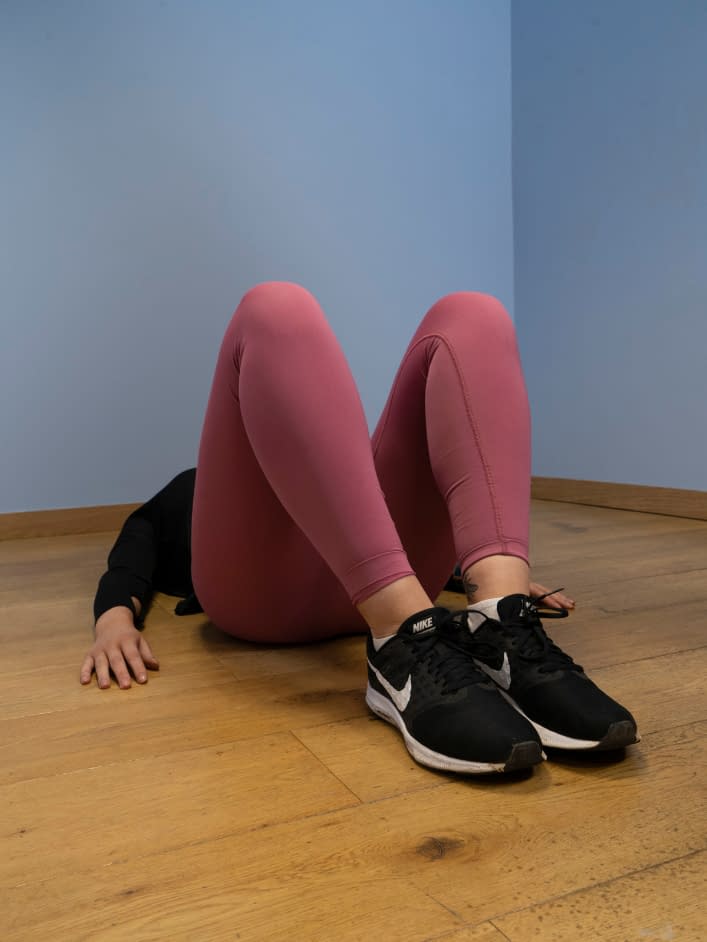Pelvic Floor Dysfunction Treatment Plan
Aim to perform this programme a minimum of once per day unless prescribed otherwise. As with any new exercise, start slowly (repetitions as able) and build up as you are able within the guidelines below.
Pain should not exceed 2/10 whilst completing this exercise programme.
How to train your pelvic floor
Pelvic floor muscle exercises (sometimes called Kegels) should include long, held squeezes as well as short, quick squeezes; ensuring that you let the muscle ‘go’ or ‘relax’ after each squeeze. These exercises should be performed lying on your back with your feet flat on the floor/bed and knees bent at 90 degrees as shown in the picture. You should work the muscles until they tire and do the exercises regularly to help the muscles become stronger and more effective.
Long squeezes
Tighten your pelvic floor muscles, hold them tight, then release and let them fully relax. How long can you hold the squeeze? Repeat the squeeze and hold until the pelvic floor muscles tire. How many times can you repeat the squeezes?
Short squeezes
Quickly tighten your pelvic floor muscles, then immediately let them go again. How many times can you do this quick squeeze before the muscles get tired? Always let the muscles fully relax after each squeeze. Aim to be able to do 10 long squeezes, holding each squeeze for 10 seconds, followed by 10 short squeezes. You may need to start with ‘little and often’ if you find that you can only hold the squeeze for a short time, or only do a few before the muscles tire. You should do your pelvic floor muscle exercises at least 3 times each day. You may find it easier to start your programme when you are sitting or lying down. Build up your exercise routine gradually over the weeks and months. You should notice an improvement in 3-5 months and then keep practising your pelvic floor muscle exercises once a day to maintain the improvement. As your muscles improve, aim to do your exercises in other positions such as standing up. Eventually you can practise using these muscles whilst doing activities such as walking and bending.
We recommend consulting a musculoskeletal physiotherapist to ensure exercises are best suited to your recovery. If you are carrying out an exercise regime without consulting a healthcare professional, you do so at your own risk. If you have any concerns whilst completing these exercises, please contact a healthcare professional.
